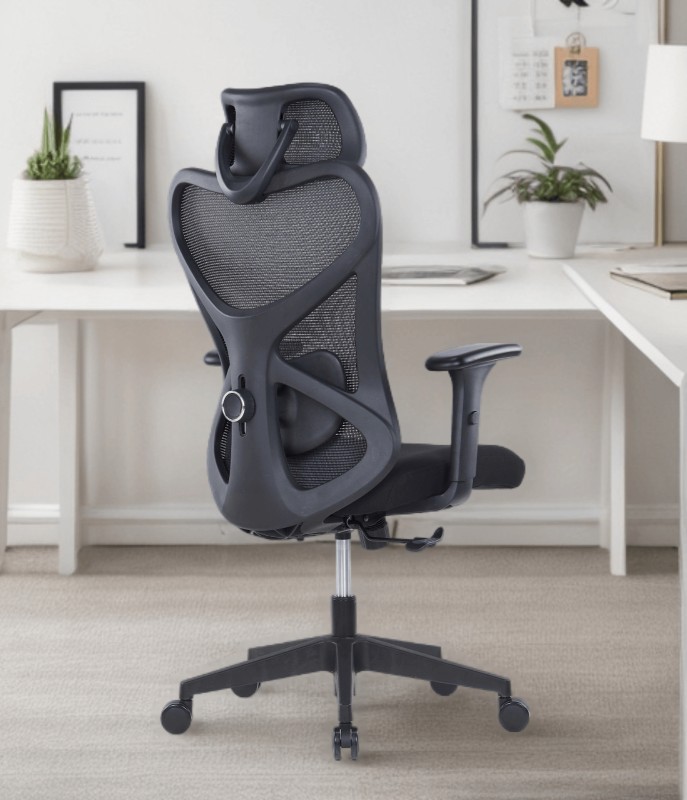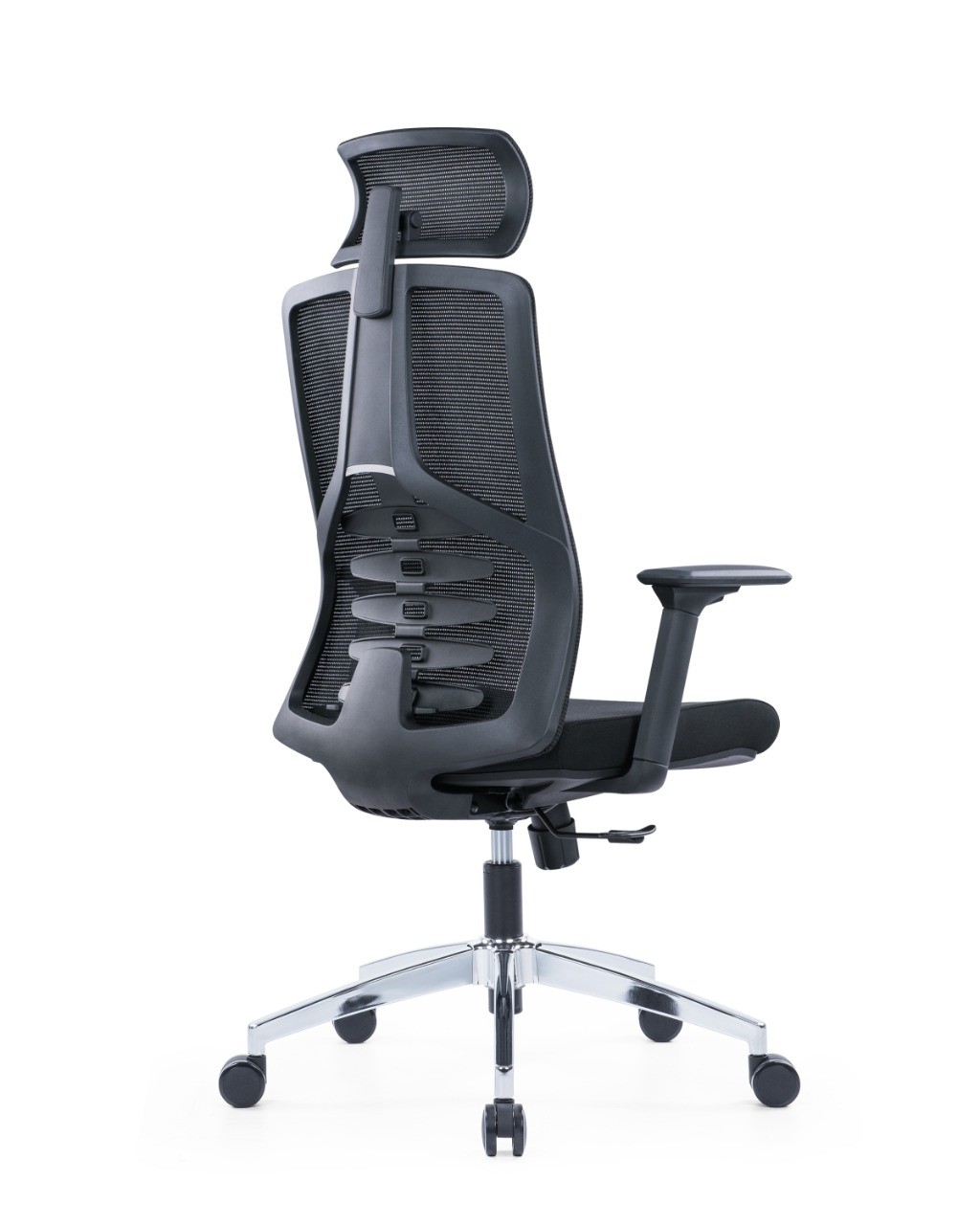
How Chair Cushioning Affects Long-Term Comfort and Focus
Introduction
We often focus on back support or adjustability when choosing an office chair, but the seat cushion plays an equally critical role in long-term comfort. Whether you're sitting for a few hours or a full workday, the right cushioning can keep you focused, reduce physical stress, and prevent discomfort from creeping in. In this guide, we’ll explore how chair cushioning impacts comfort and focus, especially in office settings that demand prolonged sitting.
1. The Role of Cushioning in Weight Distribution
Cushioning evenly distributes your body weight across the seat, reducing pressure on the hips and thighs. Poor or thin padding can cause uneven support, leading to discomfort and soreness over time, especially in high-pressure areas.
2. Memory Foam vs. Standard Foam
Memory foam contours to your body, offering personalized support that improves comfort for long sessions. In contrast, standard foam may wear out faster and offer less adaptive support. The type of foam directly affects how long your comfort lasts during intense workdays.
3. Firmness Level and Its Influence on Posture
While a soft seat might feel good at first, overly plush cushioning can lead to poor posture. Medium-firm cushioning strikes the ideal balance—it provides support without being too rigid, helping maintain proper spinal alignment while staying comfortable.
4. Breathability of Cushioning Materials
Cushioning isn’t just about what’s inside; it’s also about how well the materials manage heat. High-quality foam with breathable fabric or mesh layers helps regulate temperature, keeping you cool and focused, particularly in warmer environments.
5. The Impact on Blood Circulation
A well-cushioned chair prevents the seat from cutting into the back of your legs. This helps maintain healthy blood flow, which is essential for reducing fatigue, minimizing numbness, and supporting mental alertness over long periods.
6. Cushion Shape and Ergonomic Contours
Chairs with contoured cushioning encourage your body to sit in a more natural position. A waterfall edge at the seat front can reduce thigh pressure, while a gently sloped cushion can align the pelvis, supporting better focus and comfort.
7. Durability and Resistance to Flattening
Not all cushions hold up over time. High-density foam resists sagging and maintains its shape, ensuring that your comfort and support remain consistent even after months of use. Flattened cushions can quickly turn an ergonomic chair into an uncomfortable one.
8. Upholstery and Cushion Interaction
The type of upholstery plays a supporting role in how cushioning feels. Leather or high-quality fabric can either complement or hinder the foam’s responsiveness. A breathable mesh or soft fabric often enhances the cushion’s effectiveness, while cheap coverings may reduce comfort.
9. Psychological Comfort and Mental Focus
Comfort isn't only physical—it influences your state of mind. When your body feels supported, your brain can stay on task without the distraction of discomfort. A chair that relieves pressure and supports your posture can significantly improve concentration.
10. Choosing a Chair Based on Daily Sitting Time
If you sit for 6–8 hours daily, investing in premium cushioning is essential. For lighter use, moderate cushioning might suffice. Understanding your daily needs helps determine the type of cushion that will keep you comfortable and mentally sharp.
Recommended Products

-
UComfort Super Ergonomic Executive Office Chair – Black
Designed with long-lasting memory foam cushioning and breathable mesh, this chair provides superior comfort and support, especially for extended work sessions. A perfect blend of ergonomic design and premium seat padding.
-
Sitma Black Ergonomic Executive Chair
The Sitma chair features a cushioned seat with medium firmness, supporting posture and comfort without sacrificing durability. Ideal for offices that demand focus and ergonomic consistency throughout the day.
Final Thoughts
Chair cushioning isn’t just a secondary feature—it plays a direct role in how well you sit, think, and work throughout the day. Whether you're outfitting a private office or a high-performance workstation, choosing a chair with quality cushioning will pay off in better focus, improved comfort, and long-term well-being. Don’t overlook the seat beneath you—it may be the secret to your productivity.
FAQ
Is firmer cushioning better than softer cushioning?
Yes, in most cases. Medium-firm cushioning provides the best support while still being comfortable. Soft cushions may feel nice initially but can lead to poor posture over time.What type of cushioning is best for long work hours?
Memory foam or high-density foam is ideal for long sitting sessions as they provide consistent support and contour to the body.Can poor cushioning affect my focus?
Absolutely. Discomfort from inadequate cushioning can cause physical fatigue, which distracts from mental tasks and reduces productivity.How long should a seat cushion last?
A high-quality foam cushion can last 2–3 years or more with regular use. If it flattens out or feels uneven, it’s time for a replacement.


